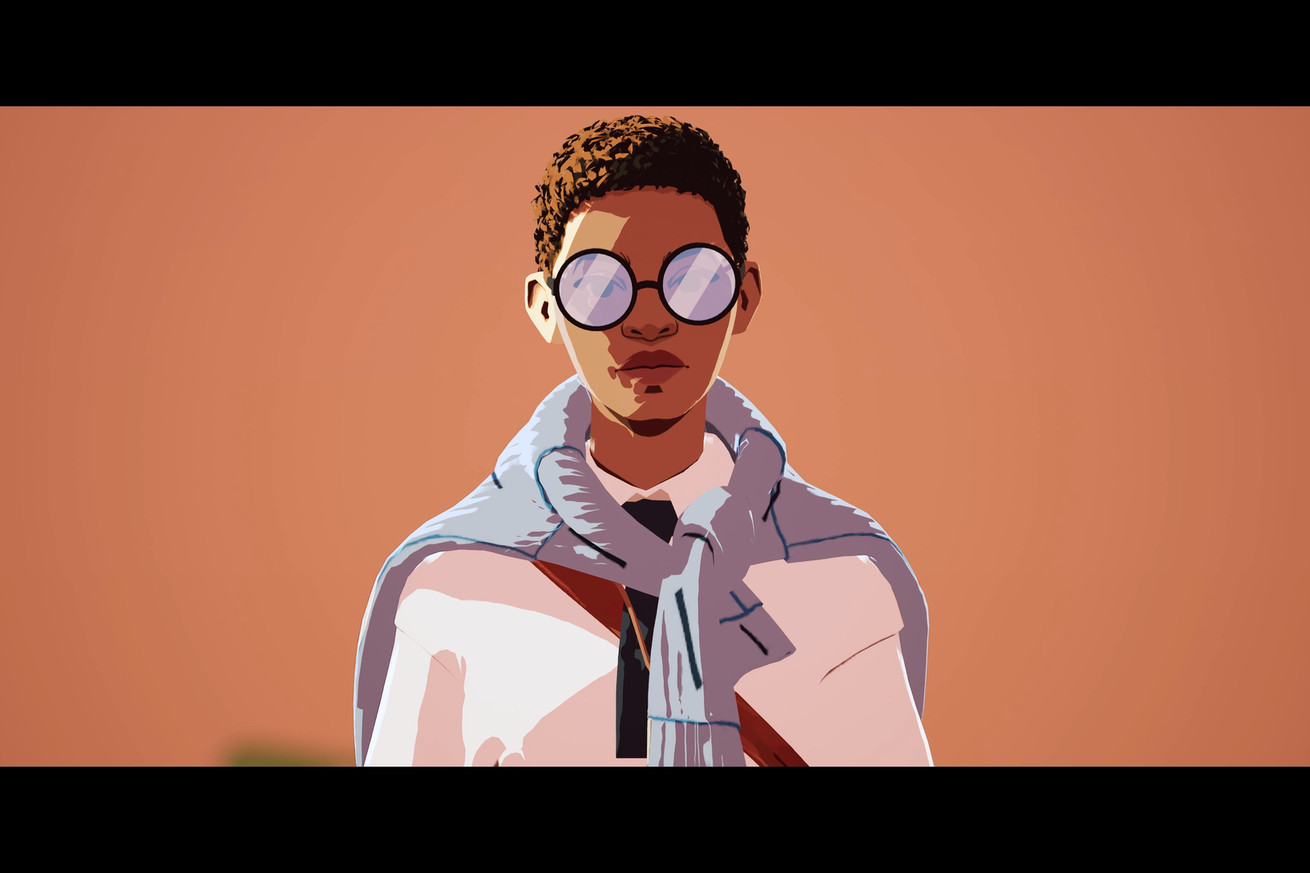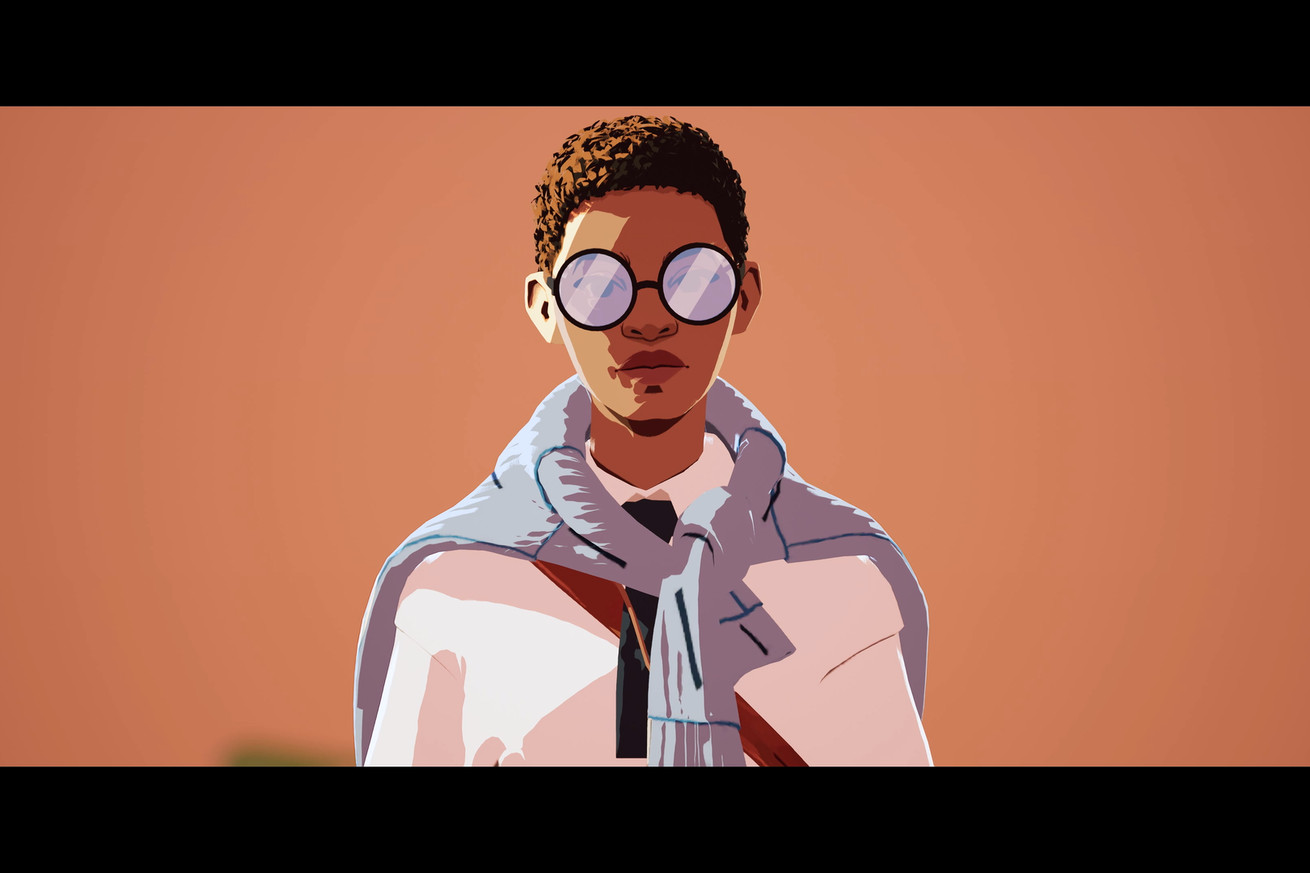
Season: A Letter to the Future is a soothing bike ride through the end of the world
There’s no shortage of games — or any stories, for that matter — about the end of the world. But I can’t think of many that are as calm and soothing as biking around the end times in Season: A Letter to the Future. Instead of fighting for your life or searching for ways to survive an impending apocalypse, you’re documenting the world as it is so future generations have a chance to learn about it when it’s gone forever. It makes the apocalypse almost cozy.
The game takes place in a world where the eras of humanity are split into seasons, which can last a few centuries, and when they end, they take almost everything with them. Season starts not long before the next season (sorry), and you play as a young explorer leaving their small town for the first time on a quest to catalog as much of the world as you can. It’s a place similar to our own but on the brink of destruction and with a touch of magic. Before you head off, your mother creates a special pendant to keep you safe from some kind of brain disorder plaguing the world.
There’s no danger in the game. Instead of weapons, you’re given tools like a recorder, a camera, and a notebook. You move from place to place by riding a cute bike. The idea is to venture to various spots — say, an abandoned farm or a shrine in a faraway valley — and collect enough material to fill up a section of your notebook. This requires perception. You can record just about anything: a photo of an old tree, the sound of a trickling stream, an old note found tucked away in a drawer. You also meet a handful of characters along the way who will ask for your help and give you their story in return.
Core to this is the notebook itself. New memories will show up as polaroids or sketches, and you can place them in your journal however you want, turning the documentation process into an almost creative act. Crucially, you don’t have to see everything; find a few tidbits and the game lets you move on to the next area. Most of the time, I found way more details than I could fit into my book because Season is a game that encourages you to linger and soak in the details; after all, that’s how you find the coolest stuff. That means not just looking but also listening. Instead of racing through each section, I ended up finding as many details as I could so I could really understand it before moving on.
At its best, Season is a game about discovery
It helps that the world itself is strange and fascinating. Season takes place on a planet that’s a lot like ours — there are cars and gas stations, farms and apartments, even a kind of neighborhood watch — but the season structure gives it an air of mystery. So much history is lost that it’s often like culture is being constantly rebuilt on top of a past that people don’t really understand. (That’s part of the reasoning behind your journal, which will be kept in a safe vault.)
At its best, Season is a game about discovery, where you’re scouring empty farms, ruins, and more for clues that help you appreciate how people lived. There are even some magical twists, like strange flowers that record memories. The weakest moments are the overlong bouts of exposition, in which characters relay monologues about their lives to you. Season shines when it shows instead of tells.
It also doesn’t overstay its welcome. It took me a little over seven hours to wrap up the story, and while I didn’t see everything, I definitely made sure to seek out the most interesting places and details. I felt just like the main character: venturing out into the great unknown, constantly surprised and amazed by what I found.
Season: A Letter to the Future launches January 31st on the PS4, PS5, and PC.

